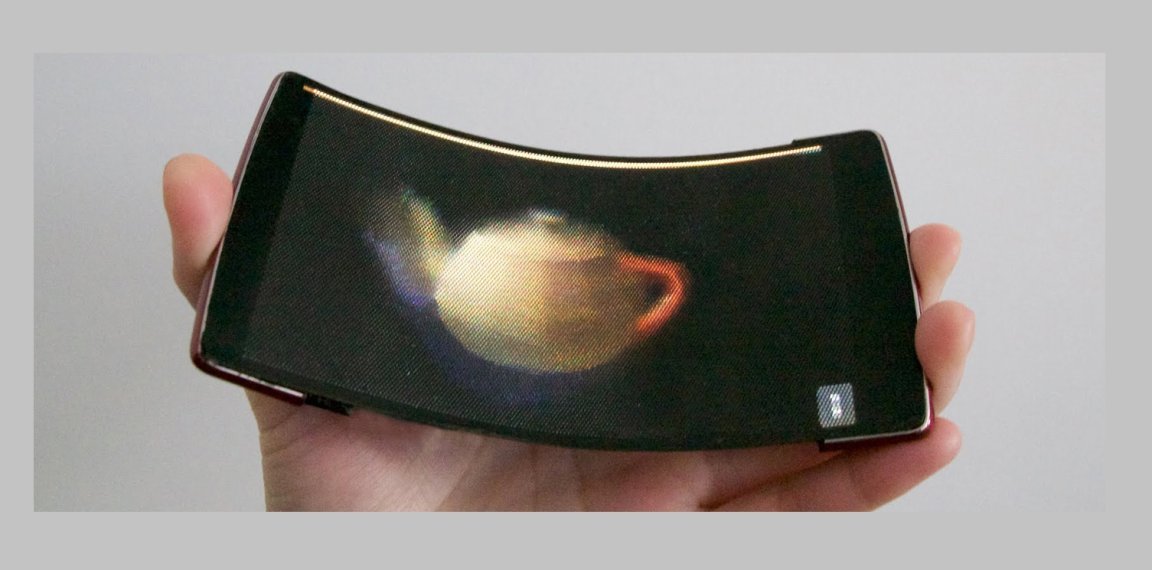
The Human Media Lab at Queen’s University has built a phone that lets multiple people see 3D images at once without the need for 3D glasses or head tracking.
The Holoflex uses a layer of microlenses that disperse light in multiple directions. The display is flexible and may be bent to command the phone to let people interact with the object onscreen in a three-dimensional fashion.
See it in action in the video below:

This means that people can interact with objects on display on X, Y, and Z input, much like in a 3D modeling software (as you can see in the video).
Ultimately bending the display also increases depth of field, allowing users to have a better distinction between foreground and background objects.
However, there is a downside: The Holoflex’s display resolution is at 160 x 104 pixels. This is obviously a huge drop from the current standards for smartphone displays that are currently in the market. But while its resolution capability is still at its infancy stage, the Holoflex is just the first in a new line (and a new age) of smartphones.